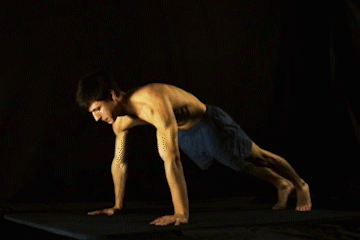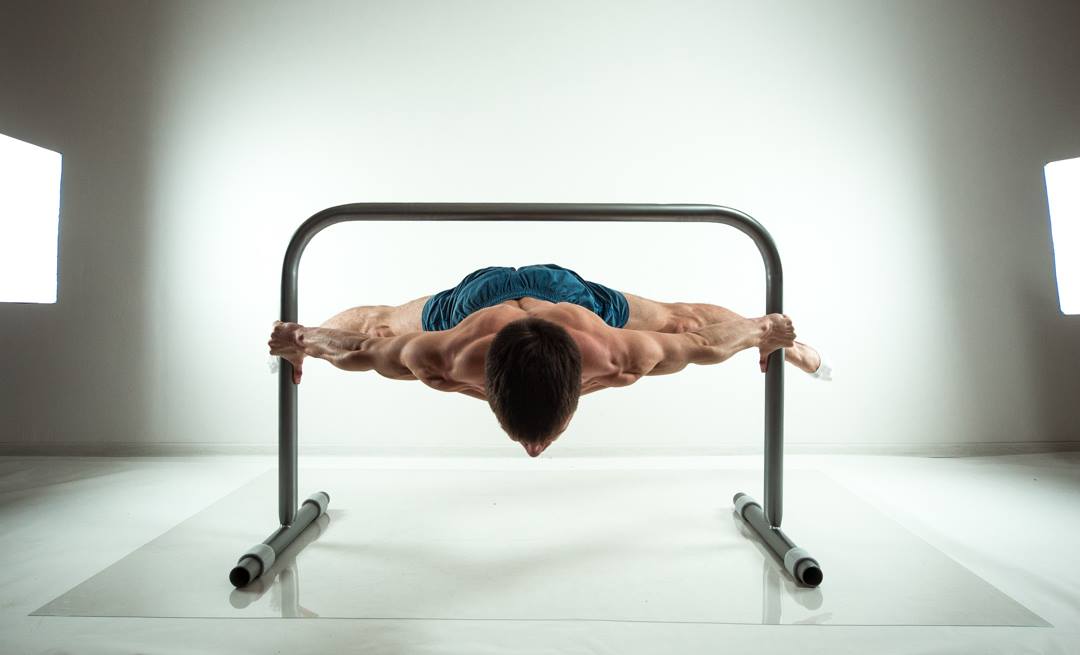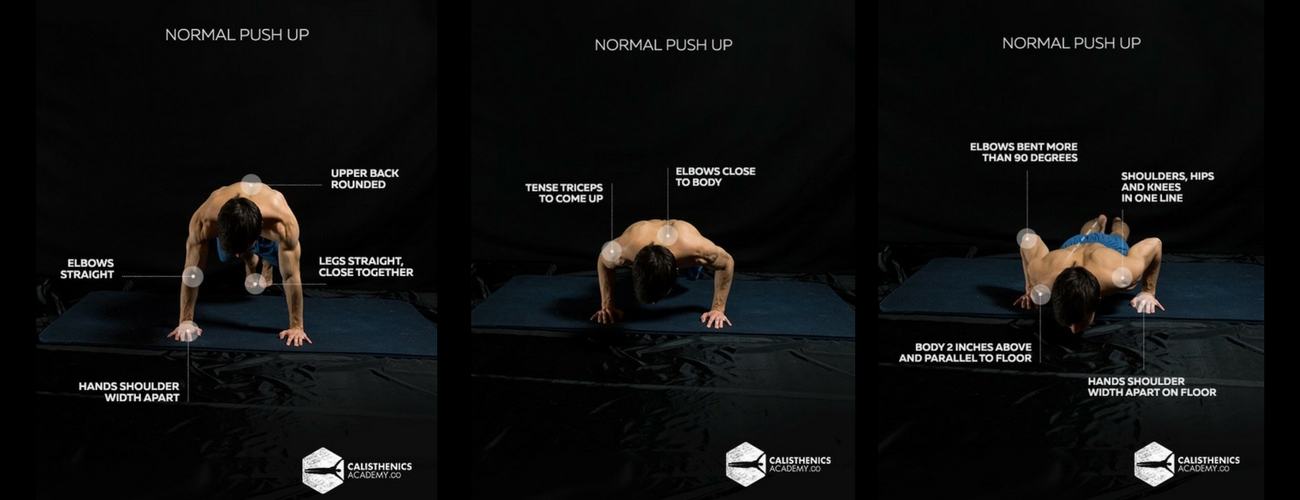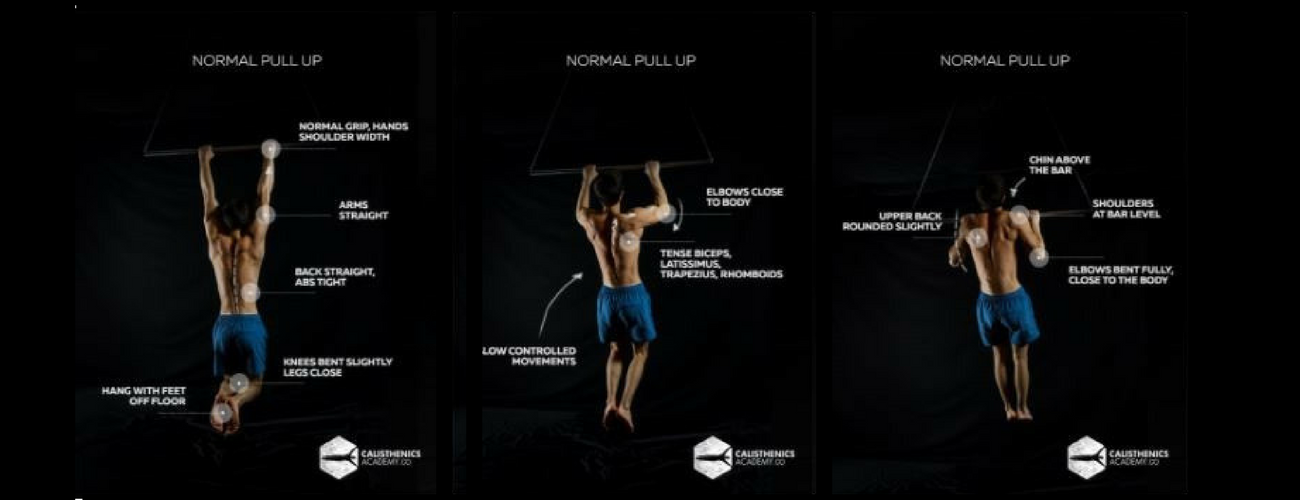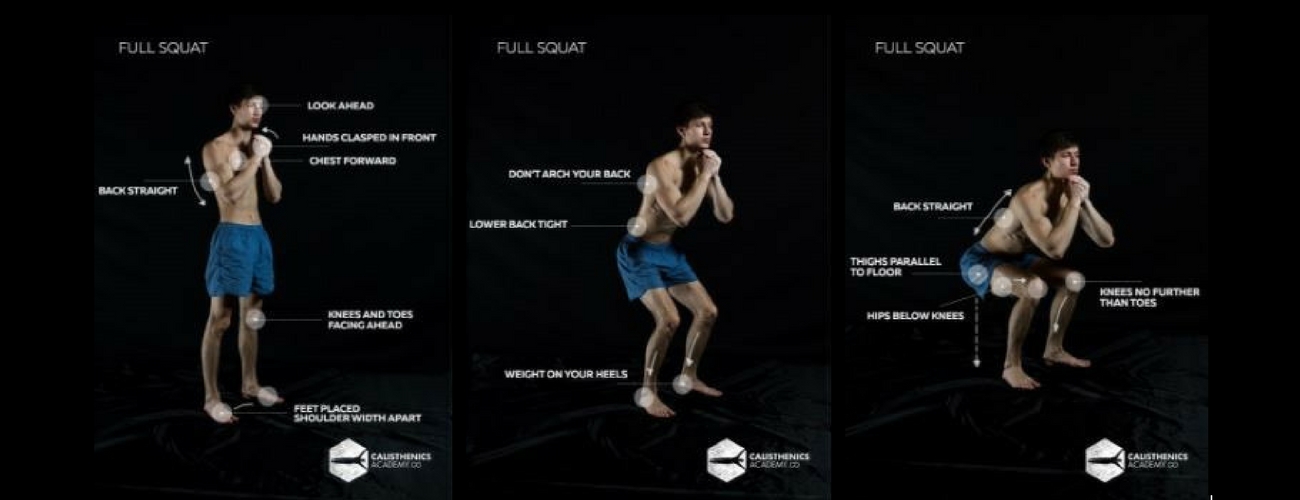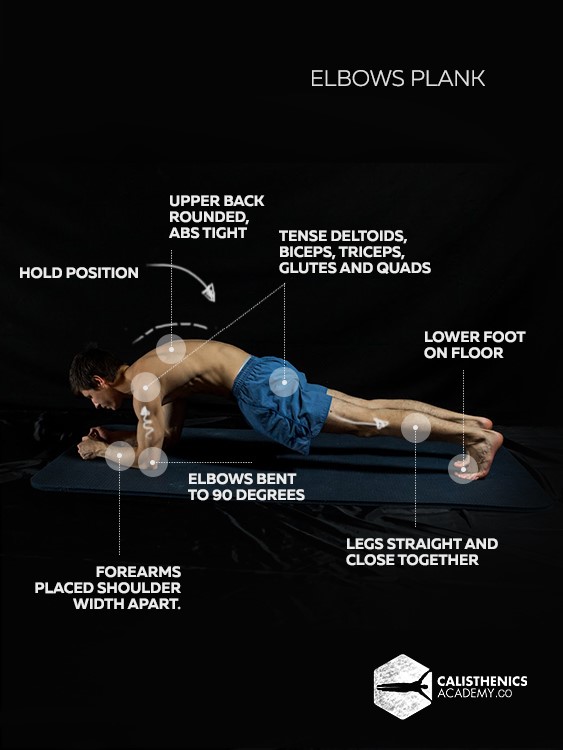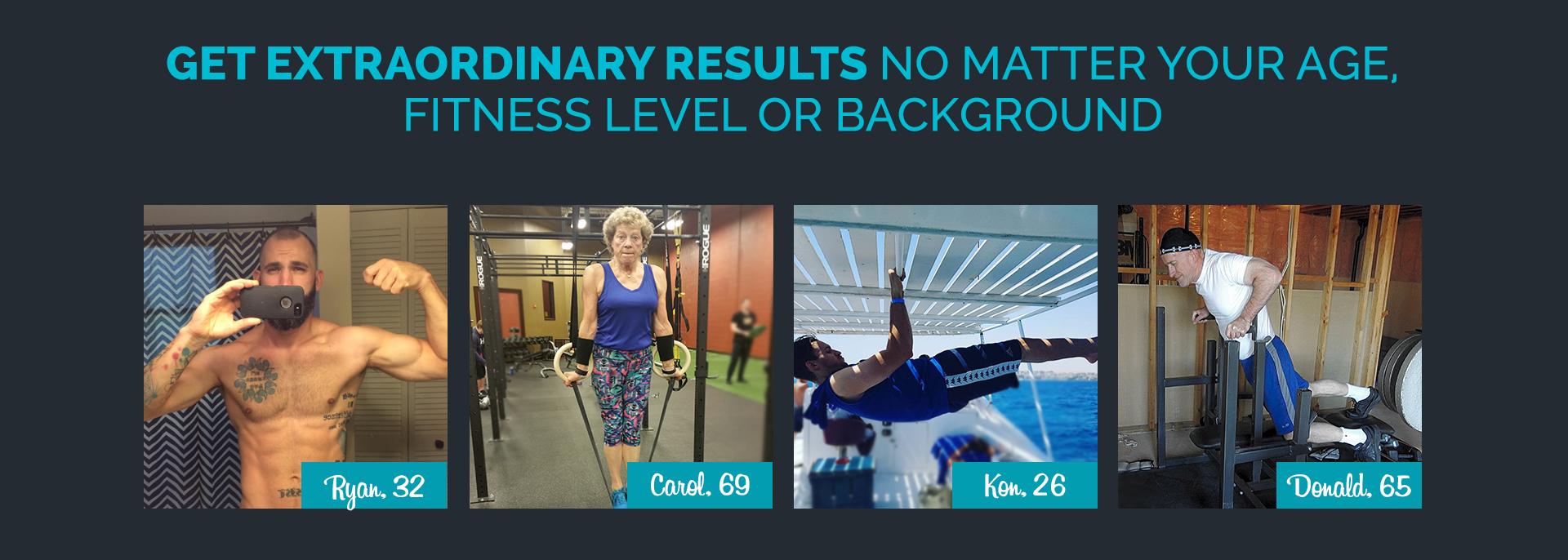Join the tribe of Movement & Calisthenics Athlete – people just like you that are working with their own body weight to get strength, lose fat build muscle, recover from injuries and live their best lives!
Hey, you! Yes, YOU. Be honest. Have you…
Stopped working out?
No longer going to the gym?
Gained a few extra pounds?
Broke your commitment to keeping yourself in shape?
Yes? Well, it sucks, doesn’t it? Being able to get started with building a healthier and more active lifestyle but lost motivation and interest after some time. Don’t you worry! There’s still a chance that you’ll get that dream bod you want so much. How? With calisthenics training!
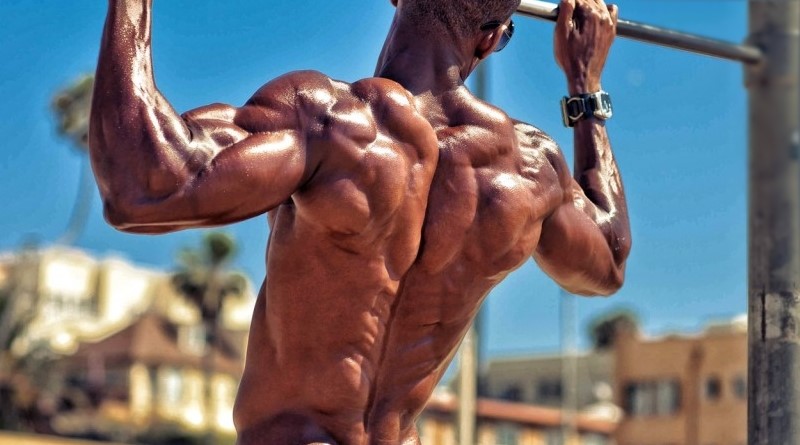
What’s so great about calisthenics?
You might be asking why you should start with calisthenics or why did you start training in calisthenics. Well, one of the best things about it is its convenience. If you go to the gym, you’d have to pay monthly for your membership, your trainer, and spend a little extra for when you have to drive or commute to the building.
With CALISTHENICS, you don’t need to go to a gym or purchase any equipment. Why stick to gyms when you can maximize muscle growth for calisthenics from the comfort of your own home?
If that sounds appealing, then read on. Learn how you can cut down on your body weight AND maximize your muscle growth for calisthenics.
[leadpages_leadbox leadbox_id=14f991146639c5] [/leadpages_leadbox]
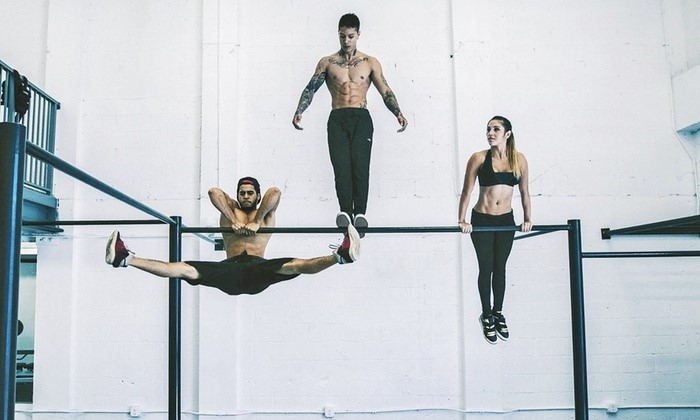
Commitment comes first
First and foremost, the important thing to remember is that the road to a better version of yourself doesn’t end with your calisthenics routine. It’s much more than that. In order to be the best version of yourself physically, you have to commit to a healthy lifestyle.
Where should you start?
DIET! DIET! DIET!
Now, you don’t need to worry, the diet doesn’t require any pills or supplements. You just need to commit to four principles, all of which urge you to eat organic foods as much as possible.
Principle #1: No To Junk Foods! Eat As Natural As Possible!
Principle #2: Organic Produce All the Way!
Principle #3: Eat Meat, Organic, Wild, and Grass Fed!
Principle #4: Add Grains and Dairy!
In short: Say no to junk foods and yes to organic produce!
Remember that abs are made in the kitchen and 80% of weight loss and muscle gain comes from nutrition.
The Paleo Diet
“Eat meat and vegetables, nuts and seeds, some fruit, little starch and no sugar.”
Some of you might have already heard this mantra on what an athlete should eat. It is as simple as meat, veggies, nuts, seeds, some fruits, little starch and no sugar. Since you’ll be carrying your own bodyweight in calisthenics, eating meat and veggies will help dramatically to maximize muscle growth for calisthenics.
Food is proven to have an immediate effect on one’s body. We become leaner or bulkier depending on the food that we eat. Therefore, if we are working out through calisthenics, we need to feed our bodies foods that will support our exercise regimen and not just for the sake of feeling satiated and full.
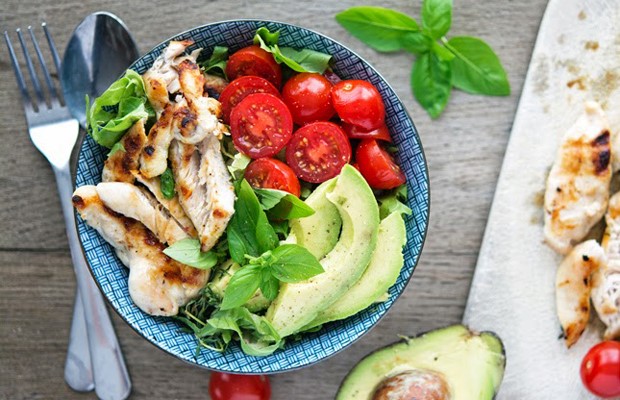
Eating a lot of sugar and starch won’t help you with providing energy to build on your strength and healing micro muscle tears for muscle building. On the other hand, eating meat and veggies will supply your body the necessary vitamins and minerals and will fuel your muscles to repair themselves after every workout.
Modified training for building muscle mass
It’s already been proven that bodyweight training is the key to bigger muscles. Why? Well, it helps develop your strength and endurance in ways you didn’t expect!
Your body recognizes how you work, not what you use to make it work. So unlike extreme weight training, bodyweight trainings are more natural, and also has lessened potential lifelong injuries.
Here’s a simple explanation for you:
With Calisthenics, your muscles are placed in a situation full of tension and weight. That tension causes your muscles to resist, tear, and rebuild with more mass.
More training means more tension.
More tension means more weight on the muscle.
More weight on the muscle means stronger endurance and resistance.
Strength becomes your foundation, and you can easily achieve the muscle mass you were aiming for! Of course, don’t rush it. You can always challenge and force your body, and push it to its limit, but then, your body should also grow progressively in volume over time. Go for the volume added in your trainings over time. It forces your body to adapt, grow bigger, and get stronger.
How does it work? Here’s a case in example:
- Week 1 – Do 5 sets of Push Ups (x10), and Pull Ups (x5)
- Week 2 – Do 6 sets of Push Ups (x10), and Pull Ups (x5)
- Week 3 – Do 5 sets of Push Ups (x15), and Pull Ups (x10)
- Week 4 – Do 6 sets of Push Ups (x15), and Pull Ups (x10)
- Week 5 – Do 4 sets of Push Ups (x10), and Pull Ups (x5)
The total volume of exercises you do each week increases, so it’s harder over time. Allot a week where you can just “deload” so as not to strain yourself. It’d be your “breathing” period.
“I’m Skinny Fat. Can I Still Build Muscle?”
Absolutely, yes.
Aside from the “Mind over Matter” answer, you should know that you have yet to try basic bodyweight training. It places a limited amount of stress on your body, and it’s easier to recover from. It also optimises your testosterone production and shreds body fat. Cool, right?
No need to drop such a huge tension or weight on your body at first. You can train in a progressive manner. A basic 3-step bodyweight training is composed of these exercises:
1. Chin Up
2. Diamond Push Up
3. Bodyweight Squat
Don’t be fooled by “basic.” These exercises are truly phenomenal in developing your upper body, making you strong, lean, and muscled. If you train using these methods, you’ll be sculpting your upper body in all the right places in no time. Just wait til you see those lats, upper back, upper chest, shoulders, arms, and abs. Perhaps, you won’t even recognize yourself!
How to gain muscle size (a.k.a. hypertrophy)
1. Choose a progression that you can do for 3 sets of 8 to 12 reps of each exercise.
2. Sets and Reps: You want to go after high-volume, multiple-set programs (6 to 12 reps, 3 to 6 sets). If you’re wondering why, this has been shown to create greater hypertrophy because the higher workload is more effective at creating micro-trauma, tiny muscle tears that stimulate increased protein synthesis, and therefore muscle growth.
The high-volume, multiple-set programs are also more effective at increasing the body’s production of testosterone and growth hormone.
3. Rest Periods: The rest time between sets should be between 30 to 90 seconds, and nothing more than that.
4. Diet and Lifestyle: Diet is 80 percent of what it takes to achieve your fitness goals. To gain muscle, you’ll need to put on weight, so you must eat more calories than you burn every day.
If your calorie intake is less than or equal to what you are burning, then you’ll either lose or maintain weight. Your body can’t build muscle from nothing.
Quick muscle gain or periodization?
High volume and multiple sets might pack on muscle quickly, but you shouldn’t ONLY train this way. Training this way exclusively will get you stuck in “General Adaptation Syndrome,” which means your body will adapt to the program very quickly and you’ll run into a massive plateau.
A periodized routine is one focused on high volume and multiple sets. It lets your body activate its own adaptive tendencies to the training program. A solid example is doing a per-workout basis of 2-to-1 hypertrophy/strength rotation.
This means that you do 2 hypertrophy workouts (8 to 12 reps, 6 sets) for every 1 strength workout (4 to 6 reps, 3 sets). Hypertrophy is said not to be noticeable until the 6th or 10th week.
Move Everyday
The next piece of advice for anyone thinking of trying out bodyweight training or already doing couple workouts is that consistency is key. If you really want to get that dream bod, you have to move every day. Note that moving everyday does not necessarily mean that you need to train every day. Everyone needs a rest day or two every now and then.
Think of it this way: your actual training regimen is the main course–one that you ought to have whenever your schedule requires you to. And during your rest days, while you aren’t required to have a main course, it’s not a bad idea to have a little snack–ten minutes of yoga, a couple dozen burpees, or a leisurely jog around your neighborhood.
These little snacks don’t have to be anything big. You just need to move. If there’s one piece of advice that you should remember, it’s that consistency means more than volume in the long run.
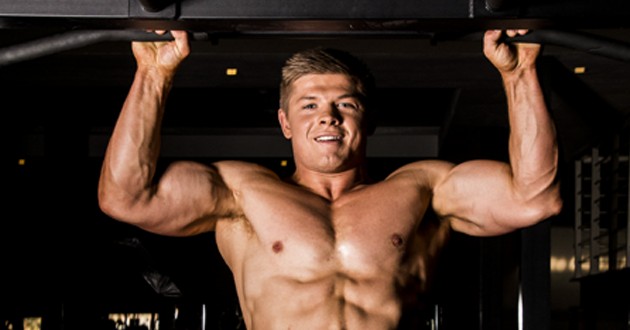
“A two-hour training session won’t mean much if you only have it once every few months.”
So if you can’t take the main course, at the very least, have a snack.
For a more in-depth look at doing calisthenics every day, check out this article!
Beginning your journey with calisthenics
Now, it’s easy to say that you’re going to commit to calisthenics training, but it might be hard to actually begin. If you are already a part of The Movement Athlete Academy program or still thinking about joining, rest assured that it is the perfect tool for you to start and enhance your calisthenics journey.
The Movement Athlete Academy offers simpler routines first that even someone who doesn’t have a clue about calisthenics can easily follow before working your way up to the more complex ones.
Also, you can follow your own training schedule. Just make sure that you stay consistent with your routine to maximize muscle growth for calisthenics.
At this point, you might be thinking: Alright, I’ve fixed my diet and I’m prepared to set aside a few minutes a day for my training, but where do I even start? Here’s a little something to help you out:
5 Calisthenic Exercises For Beginners
Calisthenics movements are one of the most effective ways to build muscles.
How?
Movements that require multiple joints activation, maximum muscle recruitment, and high nervous system activation display a high potential for muscle growth. Here are 5 simple movements that can help you to get started with building up your muscle gains.

PUSH-UPS
Push-ups exercise muscles in your upper body–in your abdomen, chest, shoulders, and upper arms. It is one of the most common calisthenics exercises and is preferred by many since you don’t need any equipment to do it. You can start doing 2 to 4 working sets of 8 to 15 repetitions depending on your work capacity.
It seems deceptively easy, but only during the first few repetitions. Once you’ve gone down the tenth time, you’ll realize how difficult it is to do push-ups consistently. Not to mention it’s easy to do push-ups incorrectly. It’s an exercise where your form is immensely important. Think you’ve gotten the hang of it? Why not try a handstand push-up next?

PULL UPS
Like push-ups, pull-ups also work parts of your upper body–your biceps, upper back, and forearms to name a few. In order to do this exercise, all you need is a metal bar or two metal rings, securely fastened some distance from the ground. Try to do 3 to 5 working sets of eight to twelve repetitions.
Here’s the thing about pull-ups: They are NOT as easy as they look. Those athletes on television make it seem so easy, don’t they? Luckily for you, you don’t really need any prior training in order to do a successful pull-up. What you do need is to develop basic strength and proper form.
If you’re still having trouble with pull-ups, maybe it’s time for some troubleshooting.
SQUATS
As opposed to the last two items, squats work your lower body–your thighs, hips, and buttocks. Like push-ups, this exercise doesn’t require any specific equipment, which is why many people choose to add it to their training regimen.
Squats are a much easier, more doable workout, compared to the first two on the list. This is because they don’t require as much strength. All you really need to aim for with this exercise is to be able to do squats quickly and consistently. Three to five working sets of 15 repetitions should do the trick for beginners.
If you find that your usual squatting routine is getting a bit dull, try the one-legged squat. This is perfect to maximize muscle growth on your quads and glutes for they are really challenging. Better have patience on your balance for this next-level movement.

LUNGES
Lunges also work your lower body, targeting, more or less, the same muscles as squats — thighs, hips, and glutes. Since this exercise doesn’t require any equipment, you can do it almost anywhere. You can even do it while you’re walking! Try doing 3 to 5 working sets of 12 to 15 repetitions.
This is probably the most convenient to do, out of all the exercises on this list. They’re ideal for when you don’t have time for the main course. Should you decide to add this exercise to your routine, make sure that you’re doing it right. Doing lunges incorrectly can put some unwanted strain on your joints.

PLANKS
Planking strengthens your core, so if you’ve been wanting some abs, then this exercise is for you. While you don’t need any equipment to try this, a yoga mat or even a clean carpet should make things easier for you to hold your body weight. Try to build up on your strength until you can do two minutes without having to rest in between.
Much like squatting, planking can become pretty dull once you’ve gotten used to it. So why not challenge yourself by trying other variations of the exercise after accomplishing that two-minute mark? Some of these variations are far more difficult than the usual way of planking. Try them yourself!
You’ll notice that the aforementioned movements can easily be done, even in small spaces. You’d be right. Combining these exercises into an exercise routine will give you a “No Space” Workout! Even with very little space, you can maximize muscle growth for calisthenics.
Create your own
I can hear you asking: Why would I need to create my own routine when there
are tons of pre-made ones online? This article, which provides a basic calisthenics workout for beginners and explains the importance of a personalized routine, should answer your question.
Okay, but who can help me create a routine that’s perfect for me? You ask. My friend, The Movement Athlete Academy can help you do just that. Movement Athlete Academy supports and guides the transition into calisthenics lifestyle easy and safe. They offer content and a platform that enables athletes to grow with their strength and master advanced calisthenics skills.
To get you started, you can go here to access your free initial assessment with Movement Athlete Academy. After you finish your assessment, Movement Athlete Academy will help you to devise your personalised and effective training regimen that will challenge you enough but not too much. You can also track your progress in the program itself.
Now, what are you waiting for? It’s time to start living healthy again. That dream bod isn’t going to work for itself!
READY TO GET ON THE JOURNEY OF A LIFETIME?
See what our users are saying:
“Would you rather have the ability to boast of bench pressing 300 pounds or to do a one-arm pull-up? To me, pulling my entire body up with one arm is much more impressive. – Michael -The Movement Athlete Academy User”
“The Movement Athlete Academy is not the kind of program that demands you to be this physically fit to be able to perform. Instead, it caters to your own strengths and capabilities and keeps track of your progress.”
“Stick with it! It is hard at first, especially if you are stuck on a lower-level, high rep exercise. But persevering is worth it! Finally reaching each goal is so exciting.”

